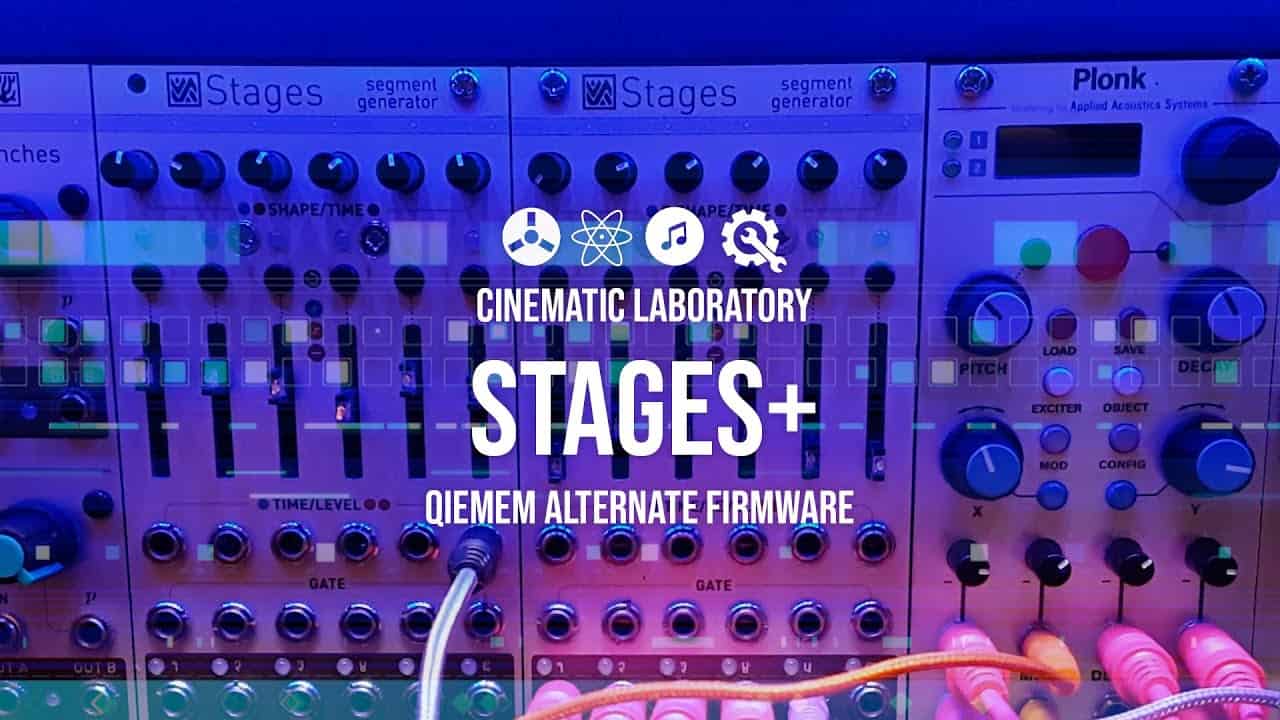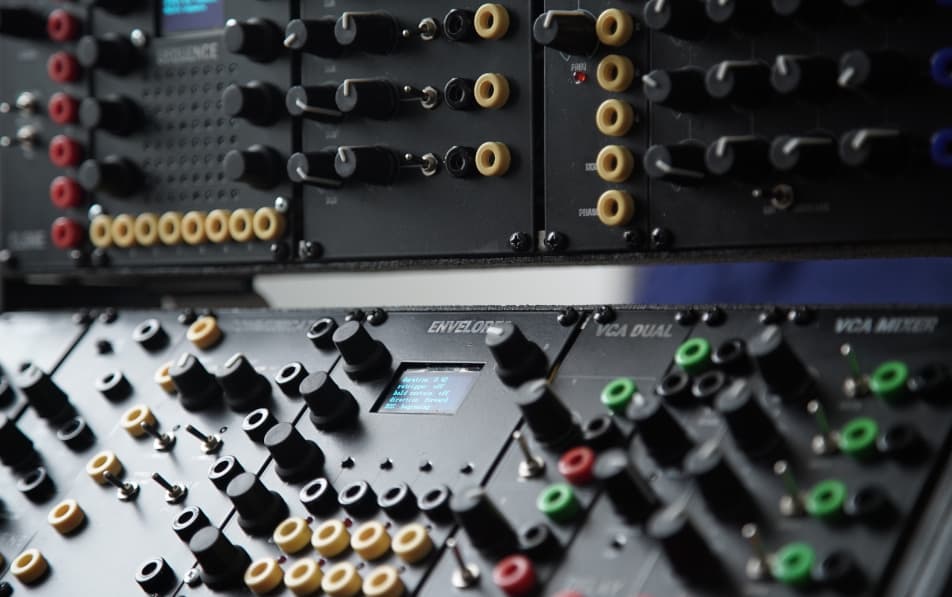Mutable Instruments Stages Qiemem Firmware
Pff, this one was a lot of work, probably not a good choice for a jamuary day. So tomorrow I have to do something quick and dirty. However, it was worth it. Updating firmware on a mutable instruments module always gives me nightmares and even with my bitbox I had to try many times (I had to crank up the module volume to +4 dB.
I have two Stages and this Qiemem firmware is worth going through all the trouble. It has the factory’s 1.1 firmware in Mode 1, and five extra modes that will make you happy. There’s been rumors about bugs and chained Stages not working, but I’ve checked and they work. So good luck if you give it a try and have fun!










